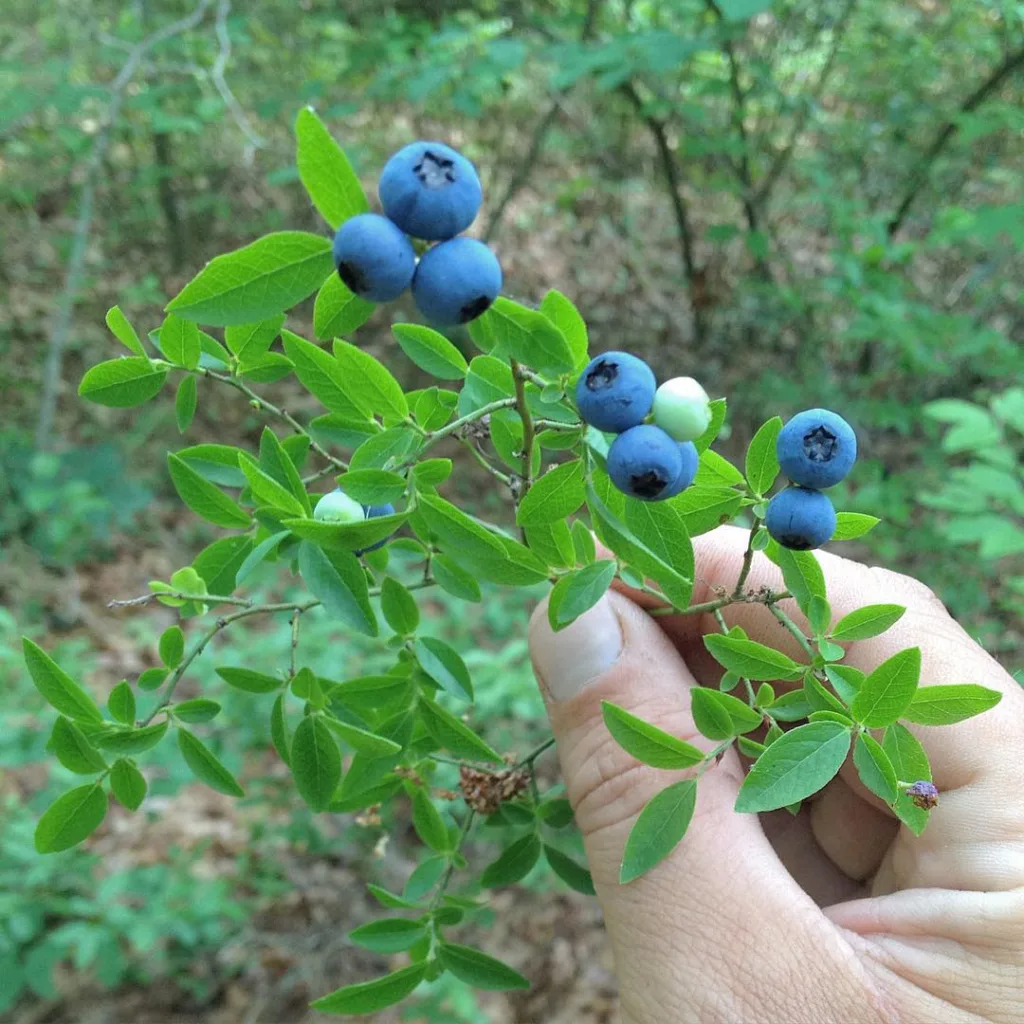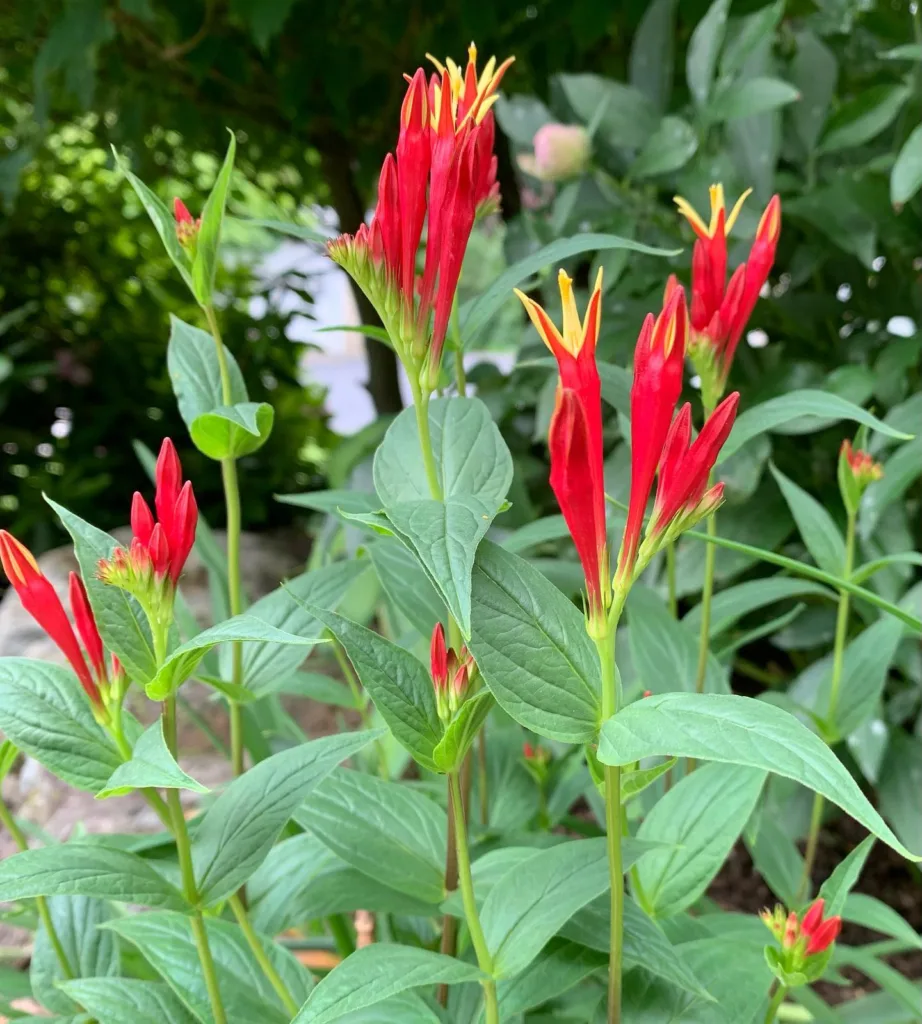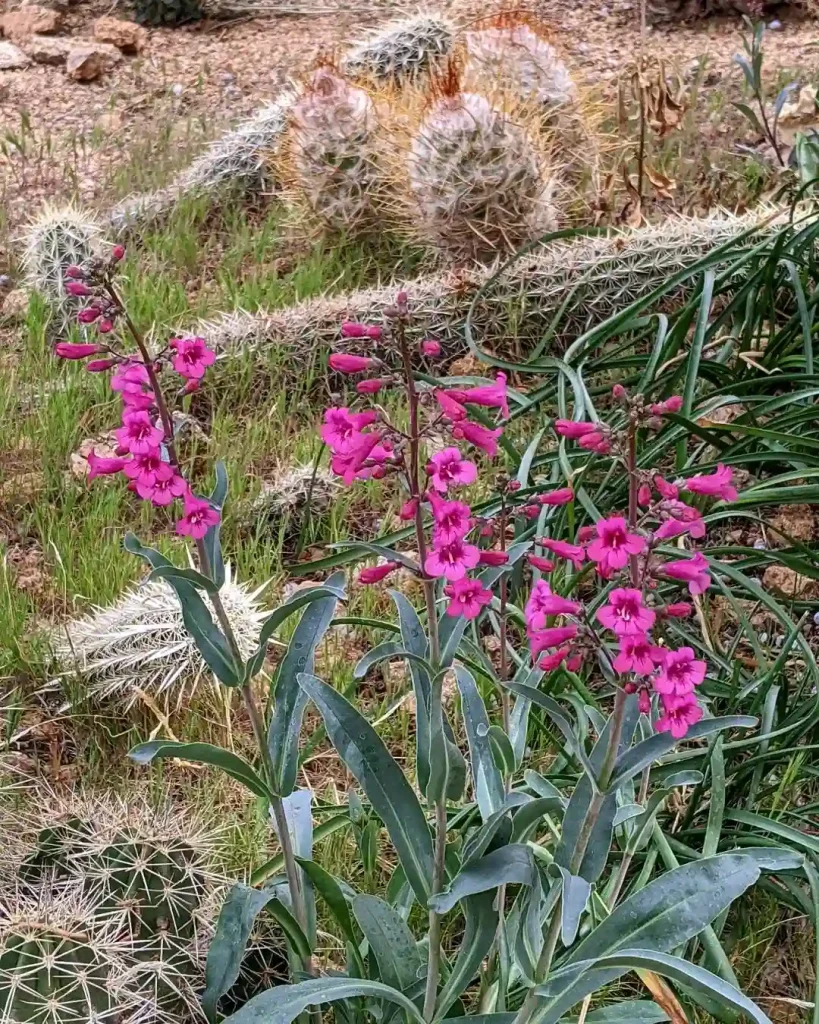The Allure of Anthurium Radicans: A Plant Parent’s Guide
As a lover of all things leafy and green, I was immediately captivated by the Anthurium Radicans. This stunning plant, with its heart-shaped, velvety leaves and cascading aerial roots, brings a touch of the tropics indoors. But beyond its undeniable beauty, the Anthurium Radicans is surprisingly easy to care for, making it perfect for both seasoned plant parents and enthusiastic beginners like myself.
Over the past year, I’ve been on a journey of learning and discovery with my Anthurium Radicans. Today, I want to share my experiences and everything I’ve learned about this captivating plant.
1327 Species in Genus Anthurium
What is an Anthurium Radicans?
The Anthurium Radicans, also known as the Climbing Philodendron or the Velvet Heart Philodendron, is a climbing aroid vine native to Central and South America. It boasts glossy, heart-shaped leaves that range from deep green to emerald with prominent veins. Unlike its namesake, the Anthurium, the Radicans rarely blooms indoors, but its lush foliage is more than enough to steal the show.
Why Choose an Anthurium Radicans?
There are many reasons why the Anthurium Radicans has become a popular houseplant choice. Here are just a few:
- Easy Care: This low-maintenance plant thrives with minimal attention. It’s perfect for busy schedules or those new to the world of indoor gardening.
- Air Purifying: The Anthurium Radicans helps remove toxins and pollutants from the air, improving indoor air quality.
- Versatility: This adaptable plant can be grown in various ways. Let it cascade from a hanging planter, train it to climb a moss pole, or allow it to trail across a shelf.
- Fast-Growing: With proper care, your Anthurium Radicans will reward you with new growth relatively quickly.
- Symbolism: In some cultures, the Anthurium Radicans is considered a symbol of hospitality, making it a lovely gift for loved ones.
How to Care for Your Anthurium Radicans?
Providing optimal care for your Anthurium Radicans is key to keeping it happy and thriving. Here are some essential tips:
- Light: Anthurium Radicans prefers bright, indirect light. Avoid harsh, direct sunlight, which can scorch the leaves.
- Watering: Water your plant deeply when the top inch of soil feels dry to the touch. Avoid overwatering, which can lead to root rot.
- Soil: Use a well-draining, airy potting mix specifically formulated for aroids. You can add perlite or orchid bark to improve drainage.
- Humidity: While the Anthurium Radicans can tolerate average humidity levels, it thrives in a more humid environment. Grouping plants together, using a pebble tray, or running a humidifier can help increase humidity.
- Fertilizer: During the growing season (spring and summer), you can fertilize your Anthurium Radicans with a balanced liquid fertilizer once a month. Dilute the fertilizer according to the manufacturer’s instructions.
How to Propagate Anthurium Radicans?
One of the joys of owning an Anthurium Radicans is the ease with which it can be propagated. This allows you to create new plants for yourself or share the love with friends and family. Here are two common propagation methods:
- Stem Cuttings: Take a stem cutting with at least two nodes (the bumps where leaves emerge). Remove the lower leaf and dip the stem in rooting hormone (optional). Plant the cutting in a pot with moist, well-draining potting mix. Keep the soil consistently moist and provide bright, indirect light. Roots should develop within a few weeks.
- Aerial Rooting: Mature Anthurium Radicans plants often develop aerial roots along their stems. You can propagate the plant by cutting off a section of the stem with a healthy aerial root. Plant this section in a pot with moist potting mix, ensuring the aerial root is buried. Care for it as you would a stem cutting.
Additional Tips for Anthurium Radicans Success
- Repotting: As your Anthurium Radicans grows, it will eventually need a larger pot. Repot it every 1-2 years into a pot that’s 1-2 inches larger in diameter.
- Pests and Diseases: Thankfully, Anthurium Radicans is relatively resistant to pests and diseases. However, keep an eye out for mealybugs, scale, or fungal gnats. Treat them promptly with an insecticidal soap or neem oil solution.
- Cleaning: Regularly wipe down the leaves of your Anthurium Radicans with a damp cloth to remove dust and encourage better light absorption.
Anthurium Radicans vs Luxurians
Both share the characteristic heart-shaped leaves, Radicans is renowned for its symbolism of hospitality and smaller, creeping growth habit. On the other hand, Luxurians showcases an extraordinary foliage arrangement, with its ruffled and elongated leaves resembling a wavy fan. Luxurians’ distinctive appearance makes it a sought-after ornamental plant. While Radicans boasts an easy-to-care-for nature and showy blooms, Luxurians captivates with its unique leaf structure, adding a touch of elegance to any plant collection.
Conclusion: The Enduring Allure of the Anthurium Radicans
The Anthurium Radicans has become a cherished member of my indoor plant family. Its elegant foliage, ease of care and adaptability make it a joy to have around. Whether you’re seeking a statement piece for your living room, a lush addition to your bathroom, or a trailing vine to brighten up a bookshelf, the Anthurium Radicans is sure to fit the bill. With a little TLC, this versatile plant will reward you with vibrant growth for years to come. So, why not embark on your own Anthurium Radicans adventure? You might just be surprised by the beauty and ease this plant brings to your indoor haven.
If i die, water my plants!



